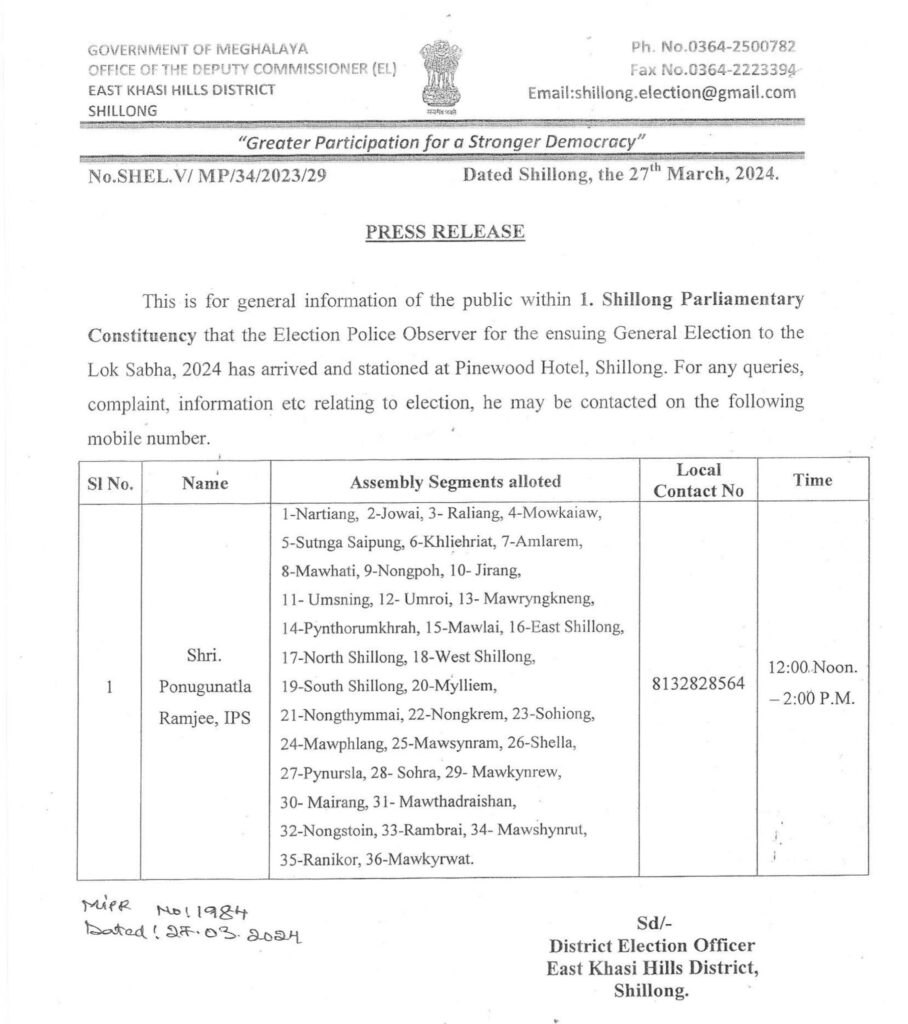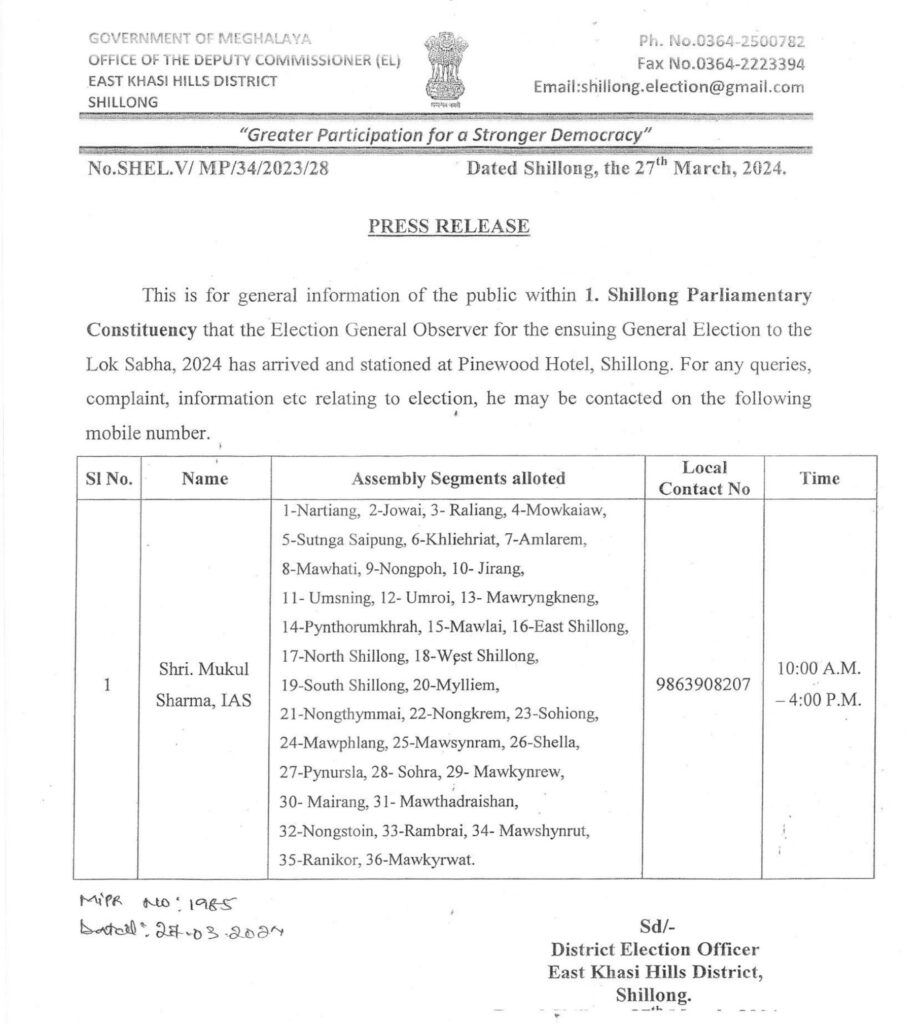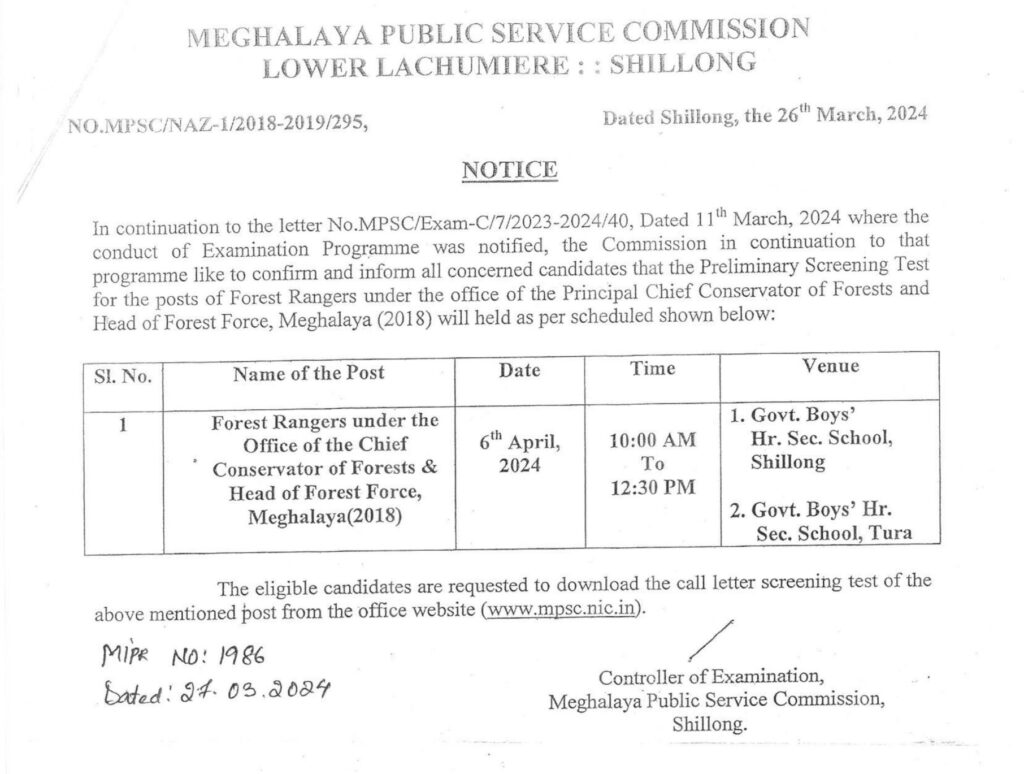Guwahati, June 28: A Red Panda, which is also called as lesser Panda was sighted by a team of forest department officials at Mayudia in Lower Dibang valley district of Arunachal gladdening panda lovers.
This is the first time the elusive red panda has been captured on camera in the area which comes under the Mehao Wildlife Sanctuary. The sanctuary is gifted with virgin natural lush green forest and lakes. The Mehao Wildlife Sanctuary harbours some rare varieties of orchids and is spread over an area of 281.5 sq km.

The team led by Dr. Kabuk Lego, Range Forest Officer of the Sanctuary, successfully carried the camera trapping by using six cameras provided by WTI, Noida.

In March this year, a camera trap installed in Eaglenest Wildlife Sanctuary (EWS) by the Wildlife Institute of India in collaboration with the EWS in Singchung sub-division of West Kameng district captured a red panda.
The red panda is a small arboreal mammal found in the forest of India, Nepal, Bhutan and northern mountains of Myanmar and southern China.
It is the state animal of Sikkim which hosts annual Red Panda Festival.
Listed as Endangered in the IUCN red list of Threatened Species and under Schedule-I of the Indian Wildlife (Protection) Act, 1972, the red panda has the highest legal protection. WWF India has been working since 2005 in the eastern Himalayan region to conserve this species.

The red panda is native to Eastern Himalayas and South Western China and comes under the highly endangered category under IUCN list and listed under CITES Appendix – I and also listed under Schedule – I species under Wildlife Protection Act, 1972.
Red pandas have been reported from 11 districts in Arunachal Pradesh.
A habitat suitability study in 2018 indicates that most red panda habitat in Arunachal is in the eastern part of the state, while the second-best habitat is in the west, around Tawang district and Eagle Nest Sanctuary.
The study surveyed 38 village markets in Arunachal Pradesh, a minimum of one market in each of the 19 districts was covered, while six markets in Tawang were surveyed. “None of the markets had any parts or products made of parts of the red panda for sale,” the study said.

“Two of the traders belonging to the Idu-Mishmi community reported that hats made of red panda pelt, traditionally called Apotolo, were a popular traditional headgear in the past, but are hardly used now,” it said
The red panda is called habre in parts of Darjeeling and Sikkim, Aaye-michunji in the Dibang Valley of Arunachal Pradesh and Matchibel in the Garo hills of Meghalaya.
The estimated global wild population of red panda stands at around 14,500 to 15,000 individuals.
Its population in the wild in India is estimated to be between 5,000 and 6,000 individuals, which is the second largest population after China (around 6,000–7,000 individuals) while 317-582 individuals are also estimated to be inhabiting the forests of Nepal.
Also Read: Assam: Amrit Sarovars boost water conservation in State’s forests
Also Watch
Find latest news from every corner of Northeast India at hubnetwork.in, your online source for breaking news, video coverage.
Also, Follow us on-
Twitter-twitter.com/nemediahub
Youtube channel- www.youtube.com/@NortheastMediaHub2020
Instagram- www.instagram.com/ne_media_hub





